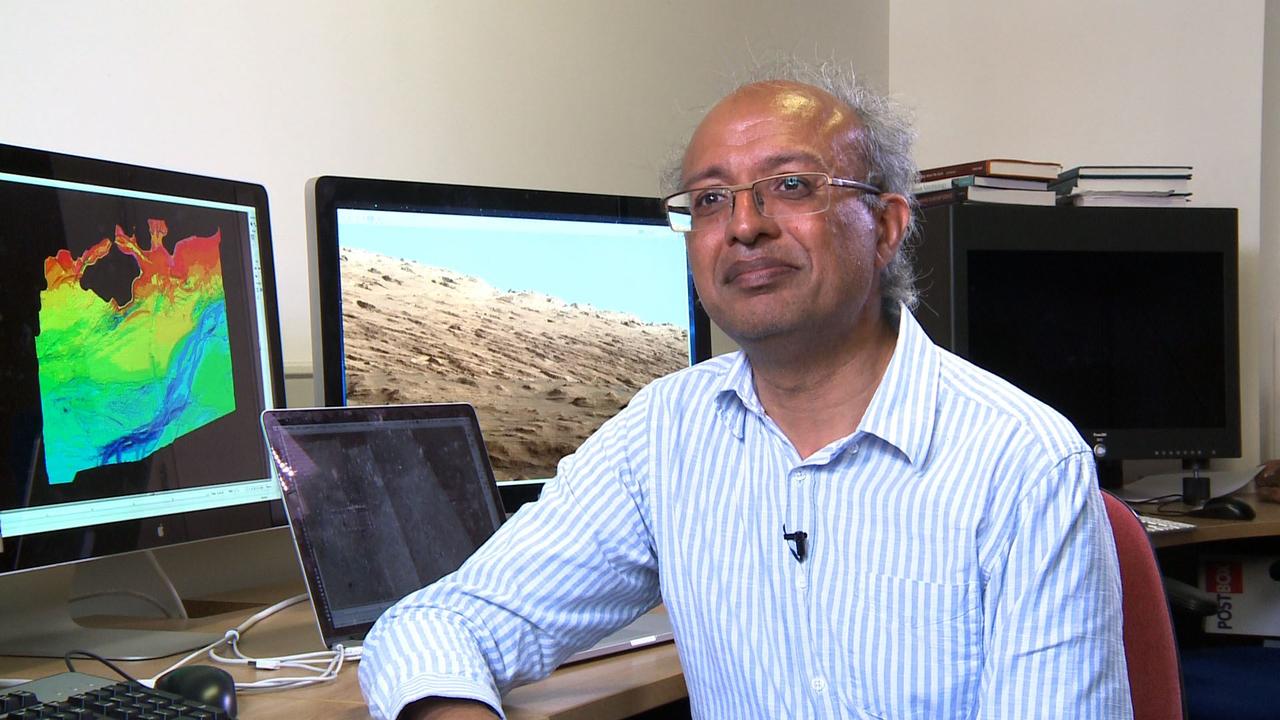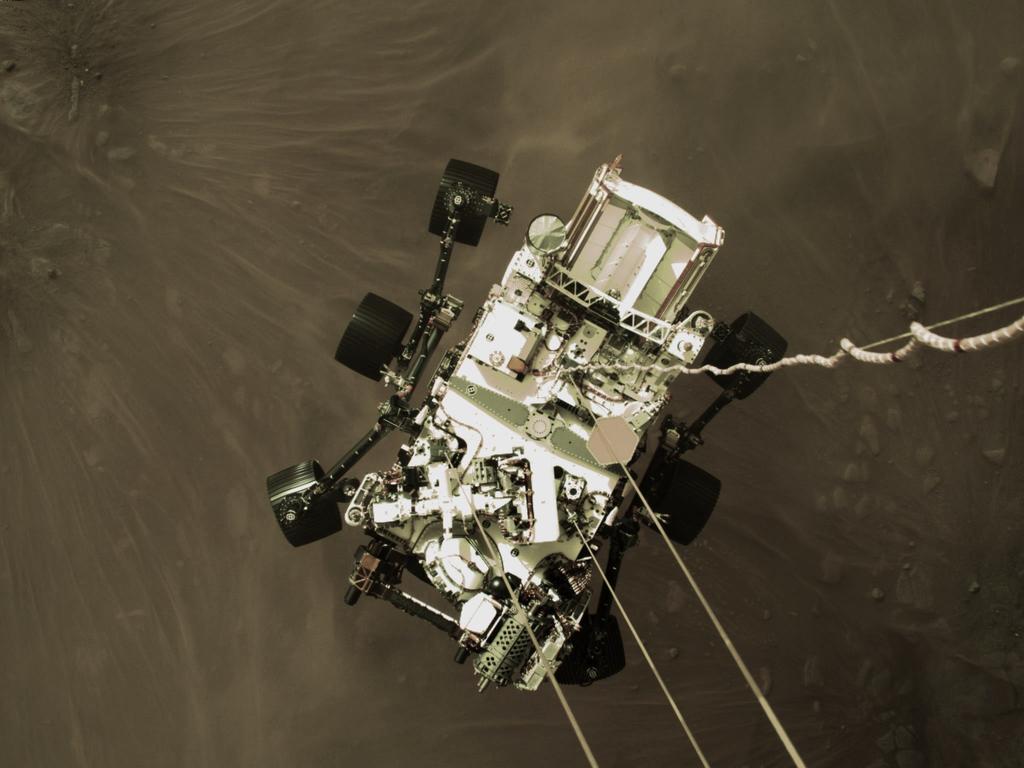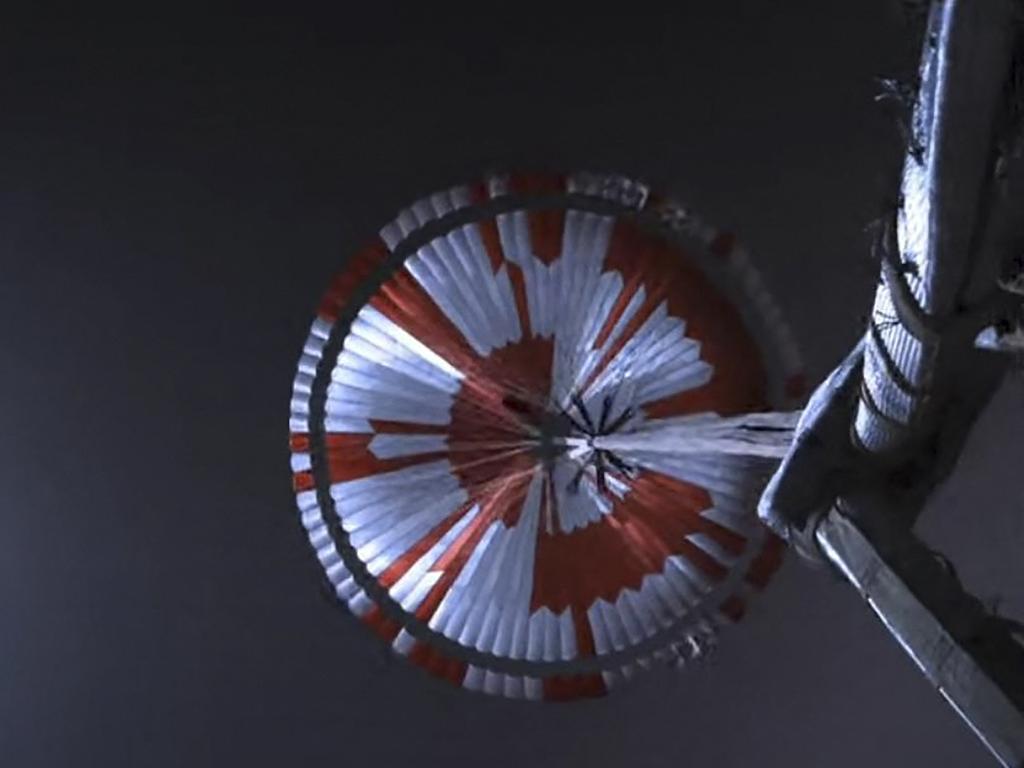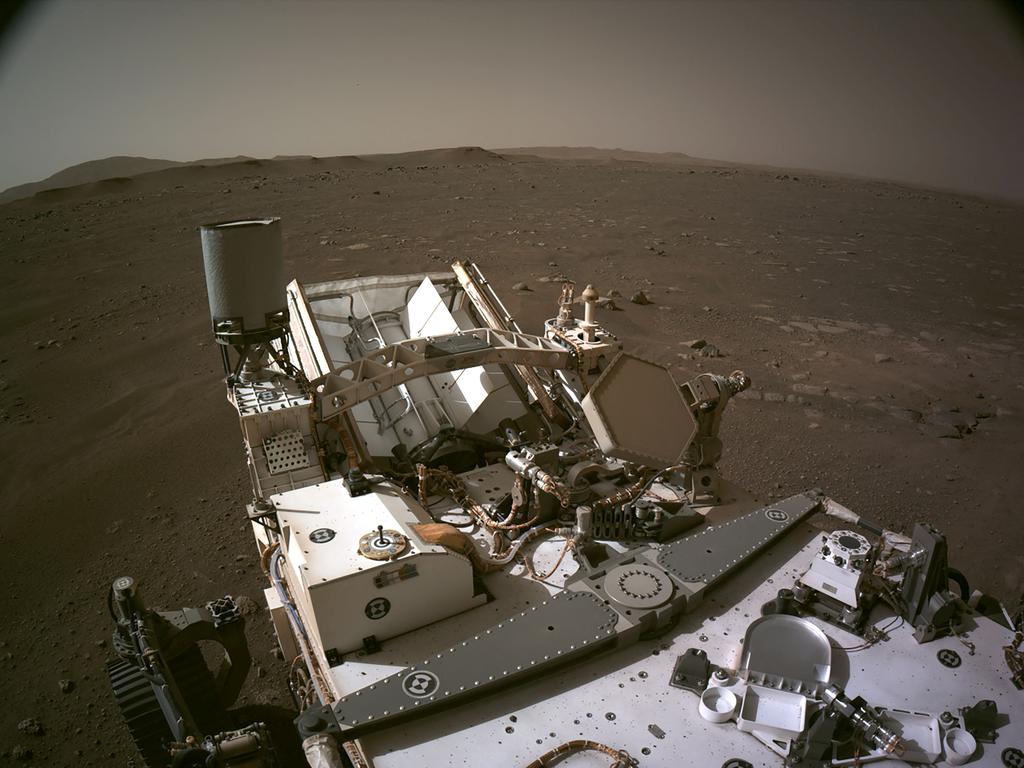NASA Perseverance Mars Rover directed from Lewisham apartment above hair salon
Tucked away above a hairdresser in south London, a makeshift NASA office is looking for life on Mars.

A NASA professor is controlling the Mars rover Perseverance on the Red Planet from a one-bedroomed flat above a hairdresser.
Sanjeev Gupta, 55, should be at mission control in California but like many others, the COVID-19 pandemic has forced him to work at home – in Lewisham, south London.


RELATED: Stunning video beamed from Mars
Prof Gupta told the Daily Mail: “I should be at the Jet Propulsion Laboratory in California, in a series of offices each one about three times bigger than this lounge, full of hundreds of scientists and engineers with their heads buried in laptops surrounded by large screens.
“NASA’s headquarters is certainly a far cry from a one-bedroom flat.”
Prof Gupta is one of the leading scientists on the $A5.4 billion life-on-Mars mission.
RELATED: NASA captures colour images from Mars



RELATED: Hidden message in Mars landing
The geology expert at London’s Imperial College and his colleagues will begin directing Perseverance to spots to drill for samples which will then be transported back to Earth in 2027 by a separate UK-backed project.
He added: “The teenage son of a friend of mine asked me if I could order the rover to do a wheelie for him.
“I told him, ‘Not with my motoring skills’.”
RELATED: No response as pilot radios in ‘missile’

RELATED: Bizarre conditions on $70m holiday
Many of the 400 scientists are working from home because of travel restrictions that have been imposed during the third wave of the COVID pandemic.
But because he has to work through the night, Prof Gupta has rented an apartment in Lewisham so his wife and children can enjoy undisturbed sleep in the nearby family home.
His flat has been turned into a nerve centre with five computers and two other screens for Zoom-style meetings with fellow scientists.
Along with his team, he is working round the clock as a Mars day is 40 minutes longer than a day on Earth.
This article originally appeared on The Sun and was reproduced with permission.



